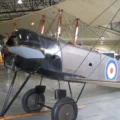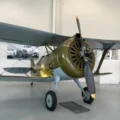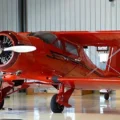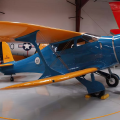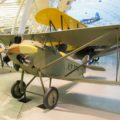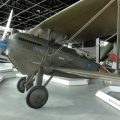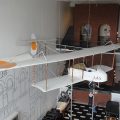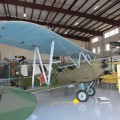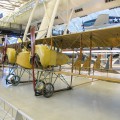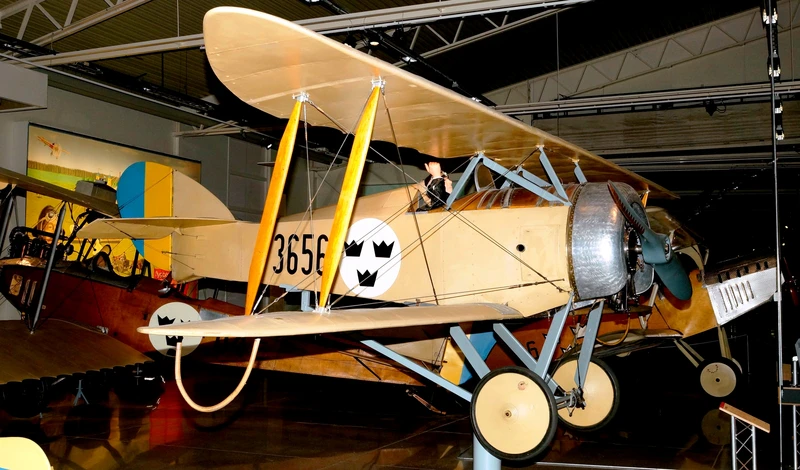
FVM Ö1 Tummelisa | |
|---|---|
| Land | Zweden |
| Role | Opleidingsvliegtuigen |
| Eerste vlucht | juni 1920 |
| Gebouwd | 28 |
De FVM Ö 1 Tummelisa (Zweeds voor Duimelijn) is een eenzits, eenmotorige Zweedse tweedekker uit de jaren 1920. Het werd geëxploiteerd door de Zweedse luchtmacht als zijn geavanceerde trainer tot het midden van de jaren 1930.
| FVM O1 Tummelisa Rondlopen | |
|---|---|
| Fotografen | Onbewust |
| Lokalisatie | Onbewust |
| Foto 's | 11 |
Zie ook:
De FVM Ö1 Tummelisa was een Zweedse tweedekker ontworpen voor de geavanceerde training van jachtvliegers in de jaren 1920. Hij werd aangedreven door een 90 pk sterke Le-Rhône-rotatiemotor en had een maximumsnelheid van 145 km/u. De naam Tummelisa betekent Duimelijntje in het Engels en is geïnspireerd op het sprookjesfiguur van Hans Christian Andersen. Het vliegtuig werd gebouwd door FVM (Flygkompaniets Tygverkstäder på Malmen), een werkplaats van de luchtvaartafdeling van het Zweedse legertelegraafkorps.
De hoofdontwerper was Gösta von Porat, die luchtvaart in Frankrijk had gestudeerd en enkele schetsen en berekeningen had meegenomen voor een tweedekkerproject. Hij werkte samen met Henry Kjellson, een ingenieur bij FVM, om het ontwerp en de bouw van het eerste prototype te voltooien, dat in juni 1920 vloog. De Zweedse luchtmacht bestelde 28 Tummelisas en gebruikte ze tot 1935. Het vliegtuig werd geprezen om zijn wendbaarheid en rijeigenschappen, maar vereiste ook vaardigheid en ervaring om de effecten van de rotatiemotor onder de knie te krijgen. Slechts één originele Tummelisa is vandaag de dag bewaard gebleven en wordt tentoongesteld in het Flygvapenmuseum in Linköping. Een replica werd gebouwd door Mikael Carlson, een commerciële piloot en luchtvaartliefhebber, die ermee vliegt op vliegshows over de hele wereld.
Bekeken : 706




